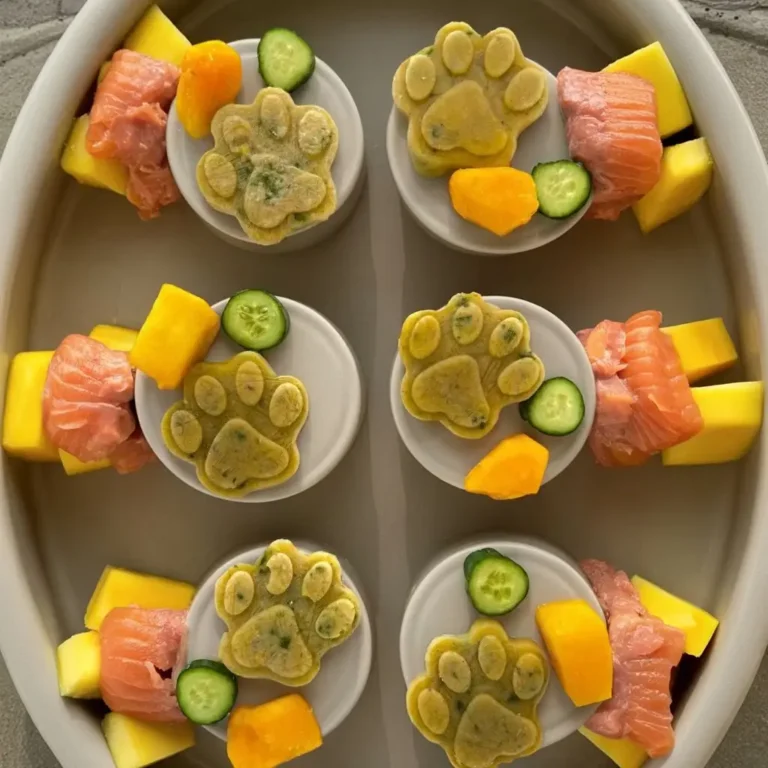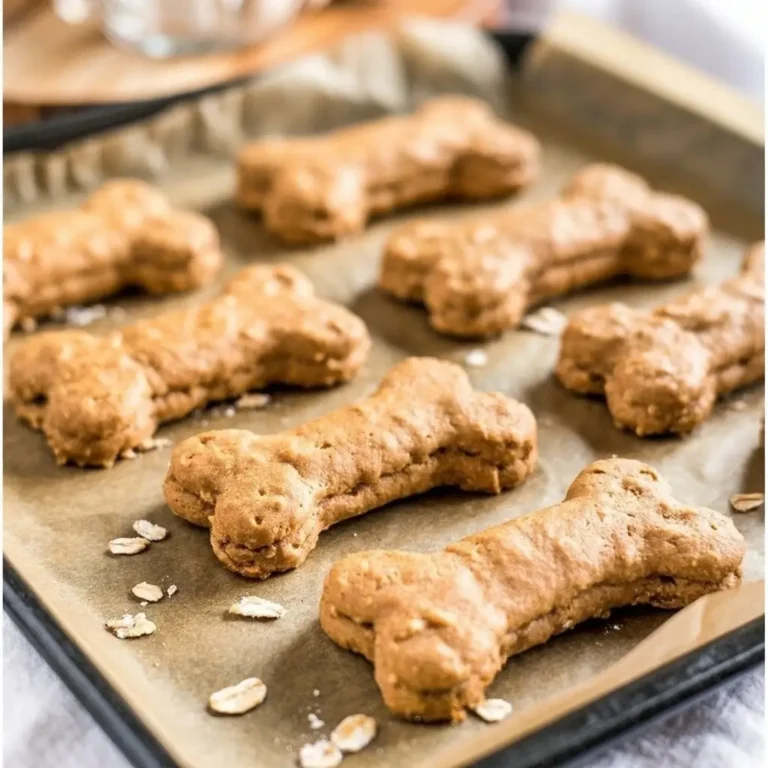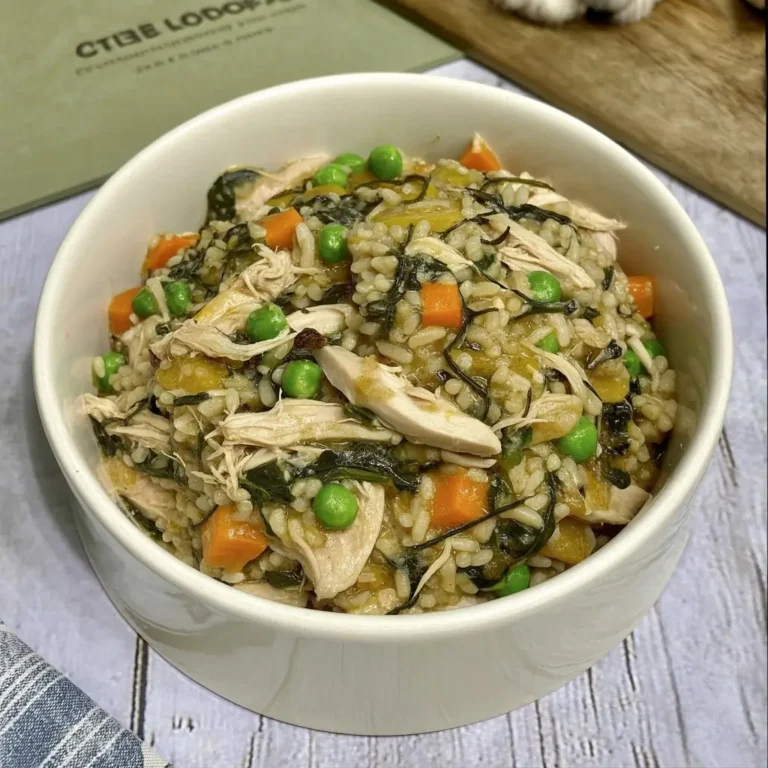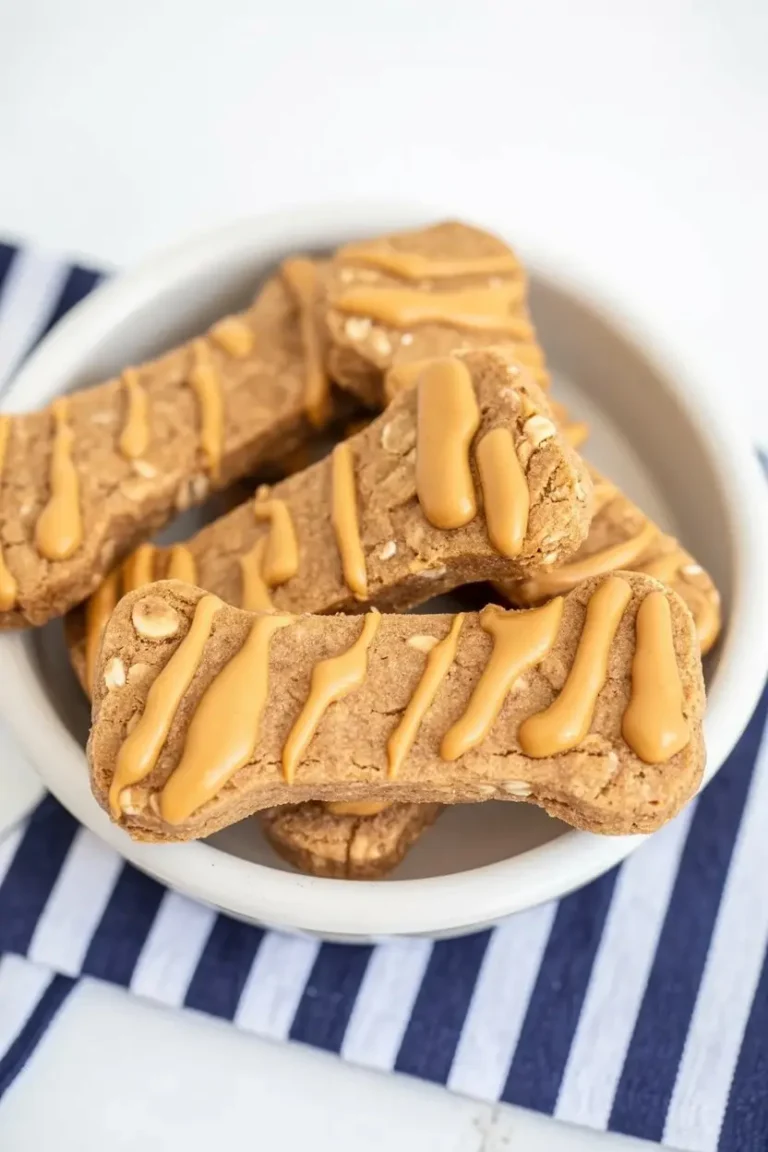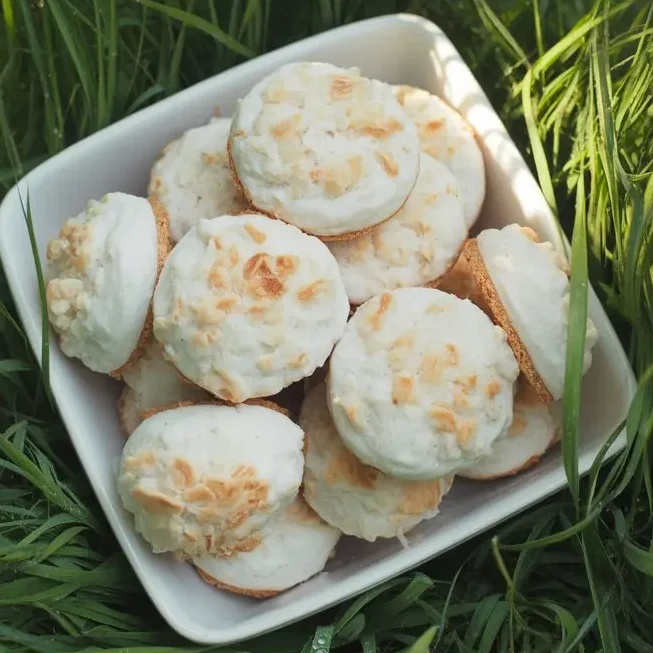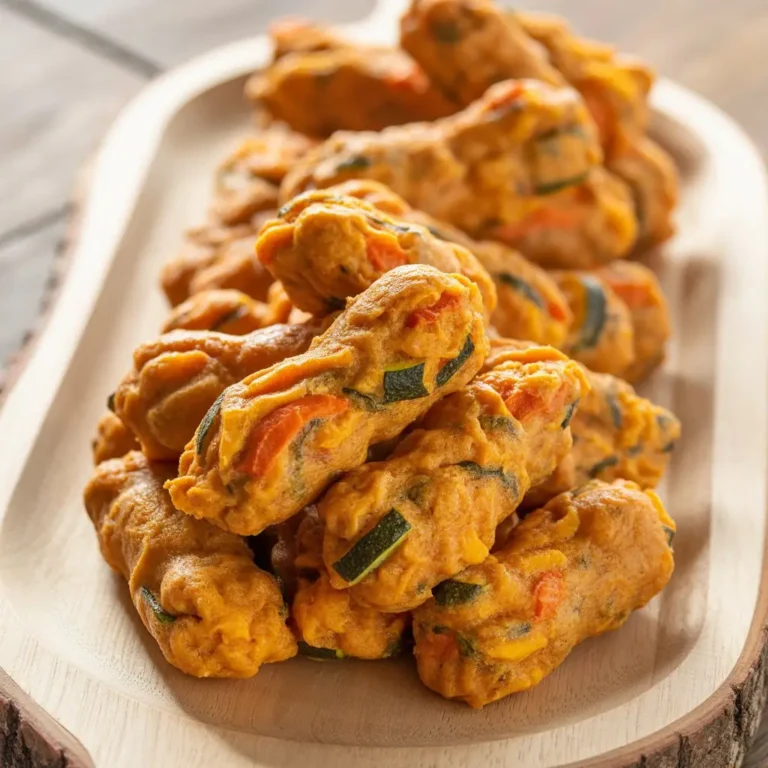Healthy Salmon Fried Rice for Dogs
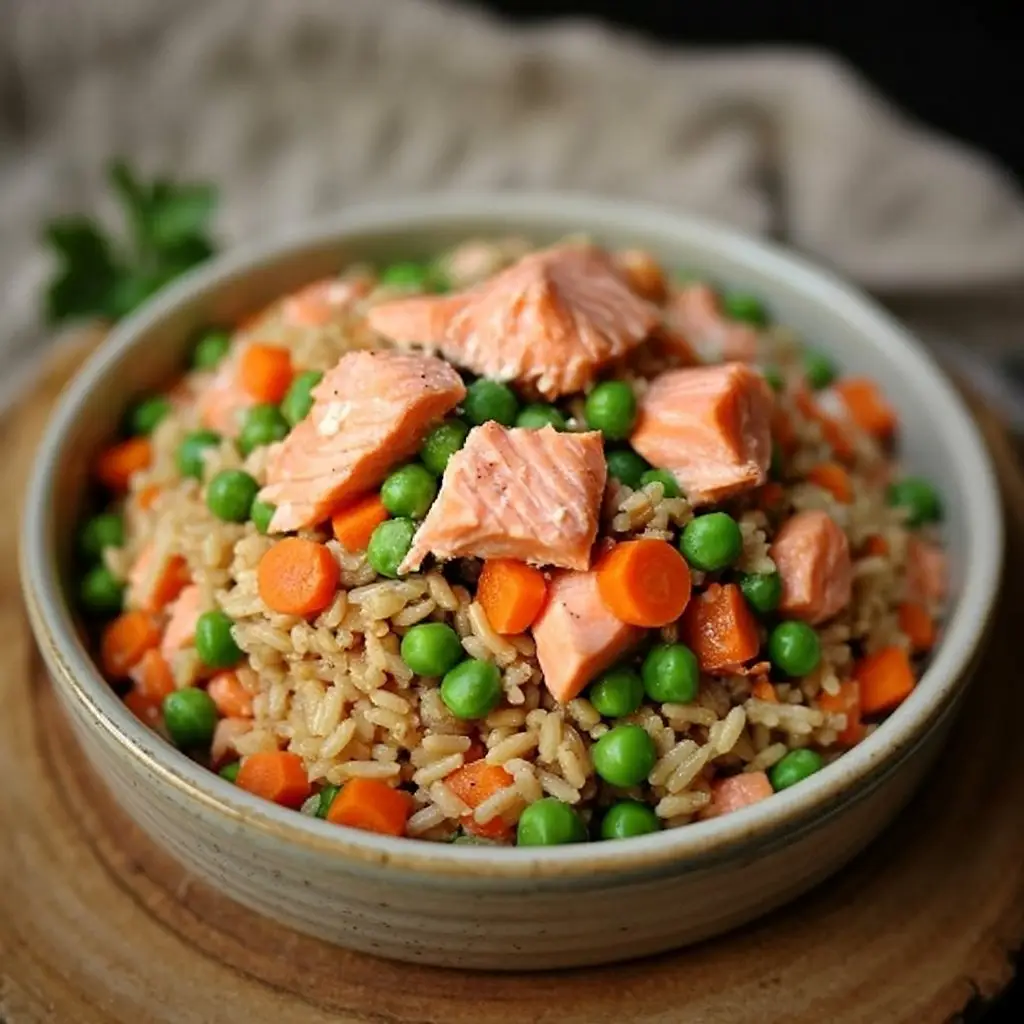
Feeding a dog doesn’t have to mean the same store-bought kibble day after day. Sometimes, it’s about giving them something extra special. Something made with real food, simple ingredients, and a whole lot of love. That’s where this dog salmon fried rice recipe comes in.
With soft flaked salmon, hearty rice, and gentle veggies, this dish packs in the good stuff without overwhelming the stomach. Plus, it’s quick to make and easy to prep in batches — perfect for busy days and hungry pups.
What You’ll Need
- 1 cup cooked salmon (boneless and flaked)
- ½ cup cooked brown rice
- ¼ cup chopped carrots (steamed or boiled)
- ¼ cup peas (steamed or boiled)
- 1 tablespoon coconut oil
Pro Tips
- Always double-check for bones. Even tiny ones can cause choking or injuries, so take the extra minute to make sure every bit of salmon is completely bone-free.
- Start slow with new foods. If this is the first time homemade food is being introduced, try mixing it with the usual food at first to help the digestive system adjust.
- Cool completely before serving. Hot food can be harmful to a dog’s mouth, so be sure it’s at room temperature.
- Avoid seasonings entirely. No salt, no garlic, no onions. Even small amounts can be dangerous for dogs.
- Watch portions for smaller pups. A little goes a long way, and overfeeding can upset their stomach.
Tools You’ll Need
- Medium saucepan or skillet
- Steamer or small pot (for vegetables)
- Mixing bowl
- Fork (for flaking the salmon)
- Measuring cups
Ultimate Pet Care Bundle
Everything You Need for a Happy, Healthy Pet
Substitutions and Variations
- Grains: Brown rice can be swapped out for cooked quinoa or even plain mashed sweet potatoes.
- Vegetables: Carrots and peas are great starting options, but green beans, zucchini, or pumpkin puree also work well (just make sure they’re dog-safe).
- Protein: Cooked ground turkey or chicken can be used in place of salmon.
Make-Ahead Tips
Want to prep in bulk? This recipe can easily be made ahead and portioned out:
- Store in the fridge for up to 3 days.
- Freeze for up to 2 weeks in sealed containers or silicone trays.
- Thaw frozen portions in the fridge overnight and let them come to room temp before serving.
How to Make Dog Salmon Fried Rice
- Cook the salmon using your preferred method — baking or steaming both work. Let it cool completely, then flake it thoroughly and remove all bones.
- Prepare the rice according to the package instructions, then allow it to cool.
- Steam or boil the vegetables until soft and easily mashable. Cool completely before mixing.
- Combine everything in a bowl — the salmon, rice, veggies, and coconut oil. Stir until well mixed.
- Serve at room temperature. Portion based on your dog’s size and appetite.
Nutritional Breakdown (Per Serving)
Exact values may vary based on ingredients used and portion size.
- Calories: ~250
- Protein: ~22g
- Fat: ~10g
- Carbohydrates: ~18g
- Fiber: ~3g
This combination offers protein for strong muscles, fiber for digestion, and healthy fats for a shiny coat.
Tips for Leftovers and Storage
- Refrigerator: Keeps well for 2–3 days in airtight containers.
- Freezer: Store in single-serve portions and freeze for up to 2 weeks.
- Reheating: Let thaw in the fridge overnight, then serve at room temperature. Never microwave directly before serving.
FAQs
Can canned salmon be used instead? Yes — just make sure it’s packed in water with no added salt or seasonings. Bones should be removed carefully.
How much should a dog be fed? Portions depend on weight, breed, and activity level. As a general idea:
- Small dogs: ½–1 cup
- Medium dogs: 1–2 cups
- Large dogs: 2–3 cups Always check with a vet to determine the best serving size for your dog.
Is this safe to feed every day? It can be part of a balanced, fresh food plan, but variety is important. Rotate proteins and veggies or use this as a supplement to regular dog food.
Can other oils be used instead of coconut oil? Yes. Olive oil or fish oil can also work, but always use oils that are safe for pets and free of added ingredients.
Final Words
This recipe makes it easy to treat dogs to something fresh, healthy, and homemade — without stress, complicated prep, or mystery ingredients. It’s a small way to care for them in a big way.
So give it a try, and if there are any questions or results to share, drop a comment below.

